Recent NLRB Decisions Change the Trajectory of the Board and Obstruct Organizing Efforts
The National Labor Relations Board (“NLRB”) has recently issued troubling decisions intended to dampen and obstruct organizing efforts across the country, particularly for gig economy workers.
On April 16, 2019, in an Advice Memo, the NLRB relied heavily on its decision in SuperShuttle, 367 NLRB No. 75 (2019), to classify UberX and UberBLACK drivers as independent contractors unable to organize under the National Labor Relations Act (“Act”). In SuperShuttle, the NLRB overturned its 2014 FedEx decision that had previously framed how to classify independent contractors vs. employees. FedEx Home 1, 361 NLRB 610 (2014). The current Board shifted the focus to whether a worker has “significant entrepreneurial opportunity” rather than assessing whether the worker is rendering services as part of an independent business. Id. at 1.
The Advice Memo essentially blocks a new class of workers from the benefits and protections of the Act. It would most likely extend to all gig economy workers. However, this lack of federal labor protections is not stopping the fight to establish much needed protections for gig economy workers. Activists in California, New York, and other states are making moves to protect gig economy workers where the federal government refuses to do so. (For more information, see Braden Campbell, NY Bill Opens New Front in Debate Over Gig Economy Workers’ Status, Law 360, June 20, 2019.)
Unfortunately, the Board’s SuperShuttle decision and subsequent advice memo are not the only roadblocks the NLRB has dealt to labor organizing. On June 14, 2019, the NLRB reversed its approach to assessing union access to employer facilities under Section 8(a)(5) of the Act. See, UPMC and SEIU Healthcare Pennsylvania, 368 NLRB No. 2 (2019). Overturning decades-old precedent, the NLRB held that an employer could refuse to allow non-employee organizers access to public areas on employer property, unless the union could show either: (1) it did not have access to employees by other means; or (2) similar activity by others was not prohibited, and thus the employer’s action was discriminatory against union organizers. Id. Now, instead of looking at the public nature of the area, the Board will focus on the activity of the non-employee organizer to determine if access denial is proper.
The current anti-labor trend occurring within the NLRB is dismaying; however, it also provides labor the opportunity to show its strength and power in numbers. This trend serves as a catalyst, not a deterrent, to growing the voice of labor because power comes from the voice of the workers, not the NLRB. If you need any assistance with current organizing campaigns, please contact your labor law counsel.
